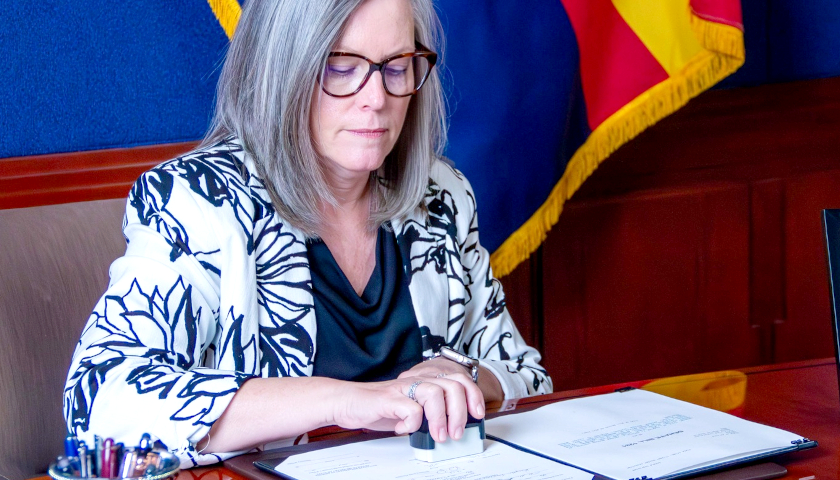A new bill introduced by Ohio Senate Republicans aims to “restructure” the Ohio Department of Education, create a new administrative division under the governor’s office, and reduce the duties of the State Board of Education.
Senate Bill (SB) 178, sponsored by State Senator Bill Reineke (R-Tiffin), was introduced in the Senate Primary and Secondary Education Committee on Tuesday. Reineke told the committee that the bill seeks to “improve the academic achievement and workforce skills of our students, to drive better outcomes in their education, and to prepare for more effective career readiness.”
This bill will include creating a “state cabinet-level agency,” the Department of Education and Workforce, with the Division of Primary and Secondary Education and the Division of Career Technical Education inside its boundaries.
According to Reineke, two people sitting on the Governor’s Executive Workforce Board will direct those divisions.
“The Department will be generally responsible for enforcing rules under the Ohio Administrative Code and adopting new rules as required by law,” a design “meant to promote communication and collaboration between schools and education leaders to ensure accountability and transparency,” Reineke said.
The bill will reduce the State Board of Education’s role in choosing the state’s superintendent of public instruction, implementing and enforcing rules on teacher licensure, handling educator and staff conduct cases, and considering school territory transfers as part of the bill.
Outside, the General Assembly would decide what additional roles and duties the board would have.
“It is important to note the bill does not change the current structure of the board’s membership,” Reineke said.
Reinke said the motivation behind the bill is concern over the current education structure “failing our economy and the state’s future.”
“They need solid, qualified workers in a variety of sectors to succeed, or they will likely bring in out-of-state workers to do the job,” Reineke said.
According to Reineke, the 2021 Ohio Remediation Report showed that the remediation rate for students enrolling in math or English classes sits at 19.3 percent. This demonstrates that the majority of the next generation of Ohioans are not prepared for post-secondary instruction or life outside of the classroom.
A recent report by the National Assessment of Educational Progress showed statewide educational shortcomings in fourth-to-eighth-grade reading and math scores.
“This data, coupled with our staggering remediation rate, demonstrates a cycle of disappointment in our education system, and, most importantly, shows we are failing our children,” Reineke said.
Senate Primary and Secondary Education Committee Chair and State Senator Andrew Brenner (R-Delaware) said he intends to have “several hearings” on Bill 178 over the next several weeks, with a potential vote later this year.
“Our children deserve strong educations that prepare them for their futures and we must ensure that the state system for overseeing the process is transparent, accountable, and effective in this critical mission, in fact, it is our obligation,” Reineke said.
– – –
Hannah Poling is a lead reporter at The Ohio Star and The Star News Network. Follow Hannah on Twitter @HannahPoling1. Email tips to [email protected].






A remediation rate of 19.3% represents less than 1 in 5 students. How does this indicate that the MAJORITY will be unprepared for post-secondary life or instruction? In the early days of Common Core, the need for remediation, in math or English, of students entering a state university or college was more than 40%. It appears that this has been halved. Of course, with no comparison of the achievement level expected for college level work then and now, it is not possible to say whether the academic level of such students has increased, decreased, or remained the same.